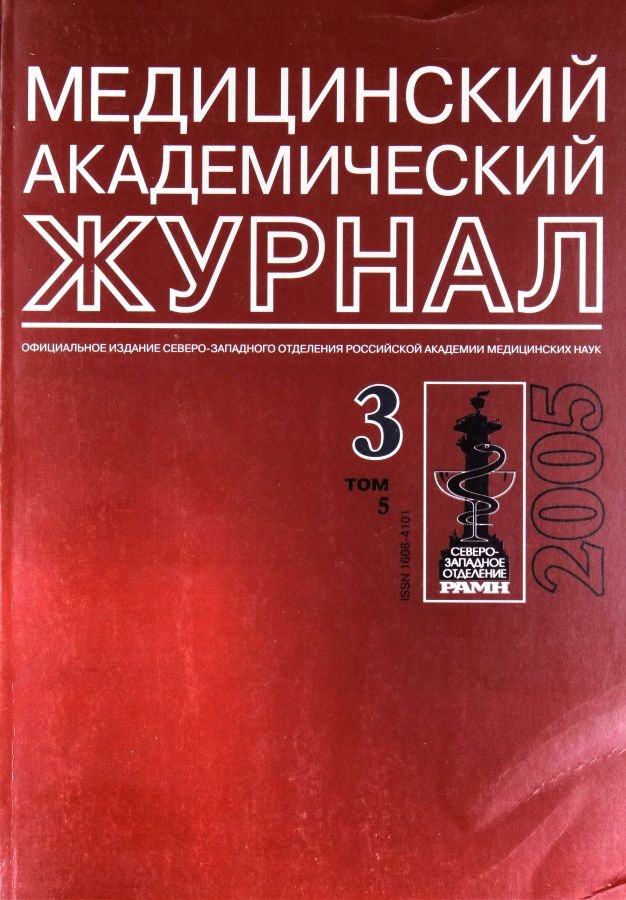Behavioral effects of corticoliberin administered into the brain ventriculi of rats
- Authors: Shabanov Р.D.1, Lebedev A.A.1, Rusanovsky V.V.1, Streltsov V.F.1
-
Affiliations:
- Military Medical Academy
- Issue: Vol 5, No 3 (2005)
- Pages: 59-67
- Section: Basis medicine
- Published: 17.08.2005
- URL: https://journals.eco-vector.com/MAJ/article/view/693670
- ID: 693670
Cite item
Abstract
The behavioral effects of native human corticotropin-releasing hormone (CRH) and its agonists D-Glu-20 (Rj) and D-Pro-5 (R2) administered into the lateral brain ventriculus (0.01-1 mkg) of Sprague-Dowley rats in open field, dark-light, Y-maze and place preference tests. The different action of CRH and its agonists on anxiety level and short-term memory was revealed. D-Glu-20, a R1 agonist of CRH, acted as an anxiogen in open field and dark-light tests. D-Pro-5, a R2 agonist of CRH, did not cause a typical anxiogenic effect, but did nonspecific suppression of behavior. D-Pro-5 only in high doses decreased a number of entries into the light box in dark-light test. At the same time, that compound both enhanced the short-term memory in maximal degree and prevented the memory decrease induced by diazepam. The data obtained are in agree with the findings of literature about differential participation of R, and R? receptor systems of CRH in regulation of emotional and mnemic components of behavior. The anxiogenic action of CRH is connected with activation of R1 receptors of CRH.
About the authors
Р. D. Shabanov
Military Medical Academy
Author for correspondence.
Email: shabanov@mail.rcom.ru
Russian Federation, St. Petersburg
A. A. Lebedev
Military Medical Academy
Email: shabanov@mail.rcom.ru
Russian Federation, St. Petersburg
V. V. Rusanovsky
Military Medical Academy
Email: shabanov@mail.rcom.ru
Russian Federation, St. Petersburg
V. F. Streltsov
Military Medical Academy
Email: shabanov@mail.rcom.ru
Russian Federation, St. Petersburg
References
- Пшенникова М. Г. Актуальные проблемы патофизиологии: избранные лекции. М.: Медицина, 2000.
- Основы нейроэндокринологии / Под ред. В. Г. Шаляпиной и П. Д. Шабанова. СПб.: Эл- би-СПб., 2005.
- Шабанов П. Д., Лебедев А. А., Мещеров Ш. К. Дофамин и подкрепляющие системы мозга. СПб.: Лань, 2002.
- Шабанов П. Д., Мещеров Ш. К., Лебедев А. А. Синдром социальной изоляции. СПб.: Элби-СПб., 2004.
- Шаляпина В. Г, Ракицкая В. В. Реактивность гипофизарно-адренокортикальной системы на стресс у крыс с активной и пассивной стратегиями поведения // Рос. физиол. журн. им. И. М. Сеченова. 2003. Т. 89. № 5. С. 5 85-590.
- Contarino A., Heirichs S. С., Gold L. Н. Understanding corticotropin-releasing factor neurobiology: contribution from mutant mice // Neuropeptides. 1999. Vol. 33. № 4. P. 1-12.
- Davis M. The role of the amygdala in conditioned fear // The amygdala / Ed. by J. P. Aggieton. New York: Wiley-Liss, 1992. P. 255-306.
- Holsboer F. The rationale for corticotropin-releasing hormone receptor (CRH-R) antagonist to treat depression and anxiety // J. Psychiatric Res. 1999. Vol. 33. № 3. P. 181-214.
- Koob G. E, Heinrichs S. C. A role for corticotropin-releasing factor and urocortin in behavioral responses to stressors // Brain Res. 1999. Vol. 848. P. 141-152.
- Low ejoy D. A., Balment R. S. Evolution and physiology of the corticotropin-releasing factor (CRF) family of neuropeptides in vertebrates // Gen. Comp. Endocrinol. 1999. Vol. 115. № 1. P. 1-22.
- Makino S., Gold P. W., Schulkin J. Corticosterone effects on corticotropin-releasing hormone mRNA in the central nucleus of the amygdala and the parvocellular region of the paraventricular nucleus of hypothalamus // Brain Res. 1994. Vol. 640. № 1. P. 105-112.
- Mitchel A. J. The role of corticotropin releasing factor in depressive illness: a critical review // Neursci. Biobehav. Rev. 1998. Vol. 22. № 5. P. 635-651.
- Owens M., Nemeroff С. B. Physiology and pharmacology of corticotropin-releasing factor // Pharmacol. Rev. 1991. Vol. 43. P. 425-473.
- W Phelix С. Е, Liposits Z, Paull IV. К. Catecholamine-CRF synaptic integration in a septal bed nucleus: afferents of neurons in bed nucleus of stria terminalis // Brain Res. Bull. 1994. Vol. 33 P. 109-119.
- Richter R. M., Pich E. M., Koob G. F, Weiss E Sensitization of cocaine-stimulated increase in extracellular levels of CRF from the rat amygdala after repeated administration as determined by intracranial microdialisis //Neurosci. Lett. 1995. Vol. 187. P. 169-172.
- Rybnikova E. A., Pelto-Huikko M., Rakitstaya V. V, Shalyapina V. G. Localization of corticoliberin receptors in the rat brain // Neurosci. Behav. Physiol. 2003. Vol. 3 3. № 1. P. 81-84.
- Sarnai Z., Biro E., Gar di G. CRF mediates anxiety like behavior induced by cocaine withdrawal in rats // Brain Res. 1995. Vol. 675. P. 89-97.
- Smagin G. N., Heinrichs S. C., Dunn A. J. The role of CRH in behavioral: responses to stress // Peptides. 2001. Vol. 22. P. 713-724.
- Pale W W, Spiess J. H, Rivier C., Rivier J. Characterization of a 41 residue ovine hypothalamic peptide that stimulates secretion of corti¬cotropin and P-endorphine // Science. 1981. Vol. 213. P. 1394-1397.
Supplementary files






